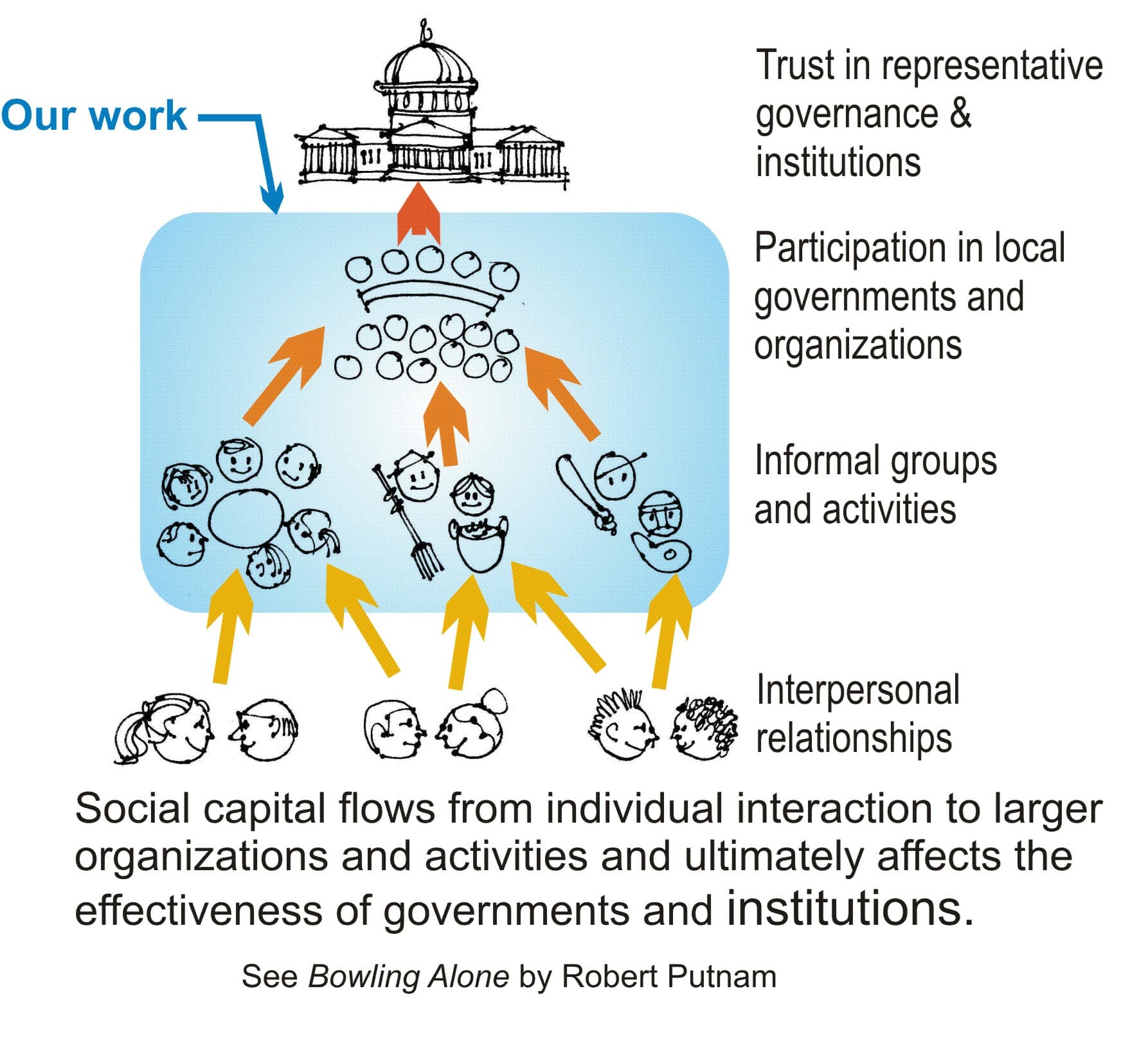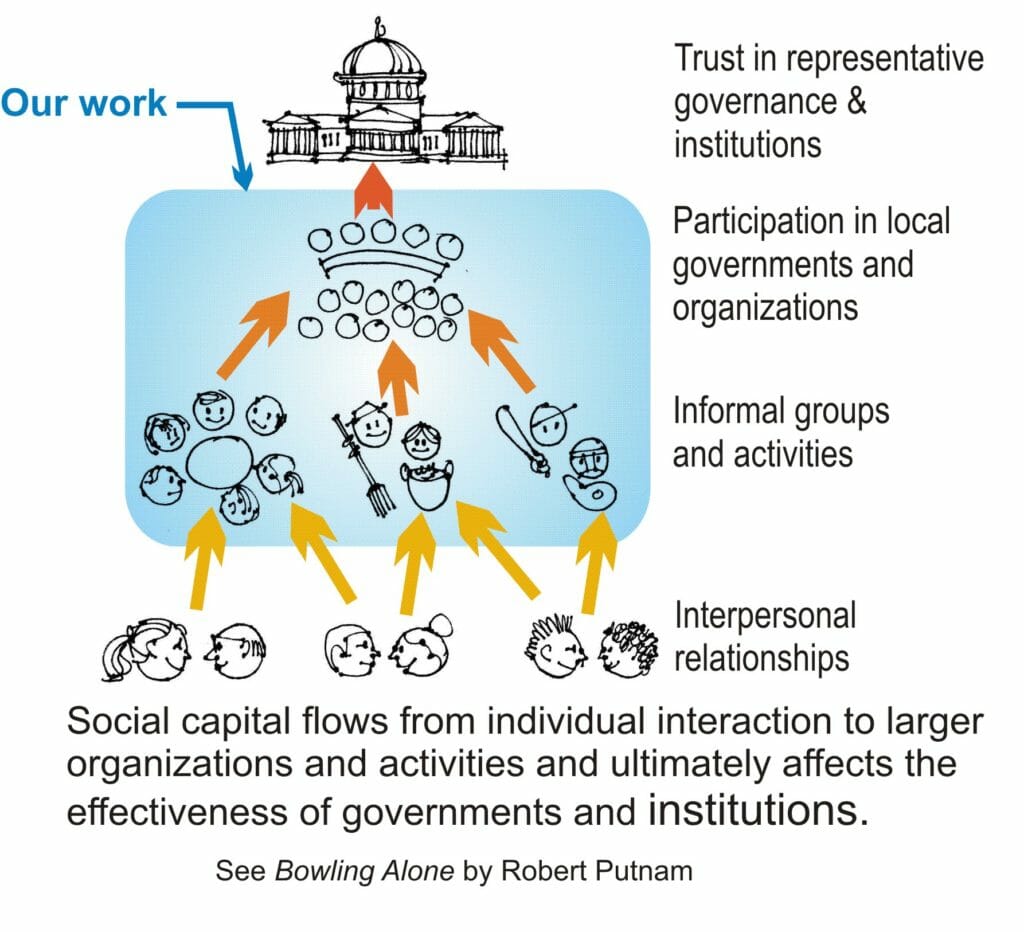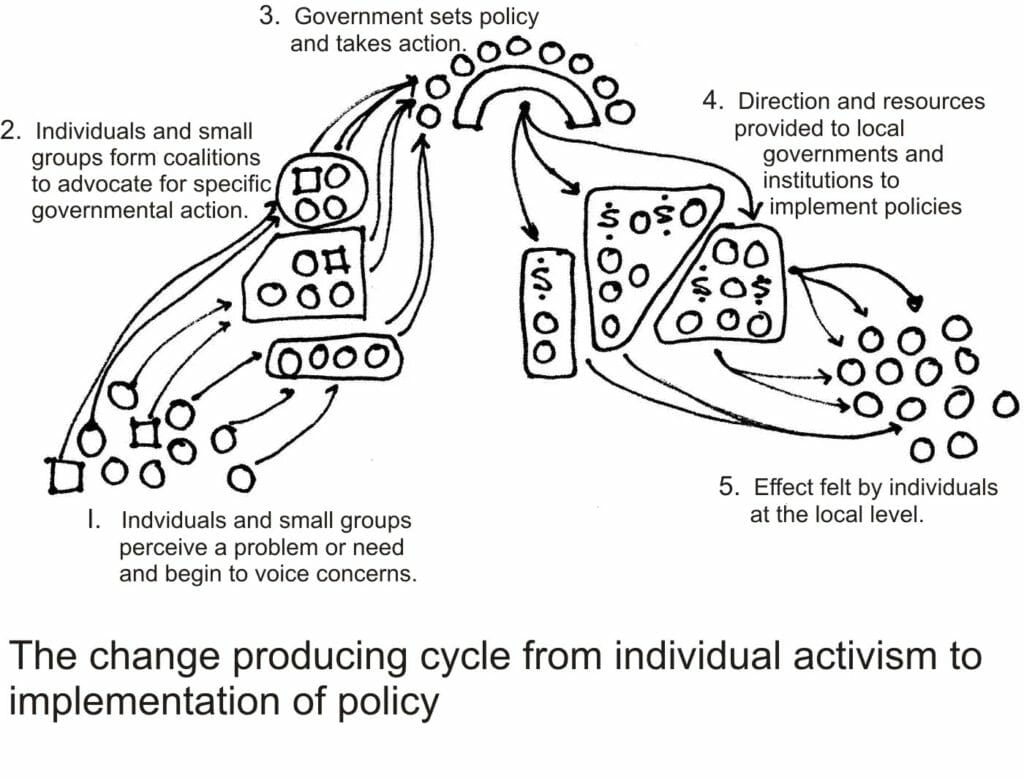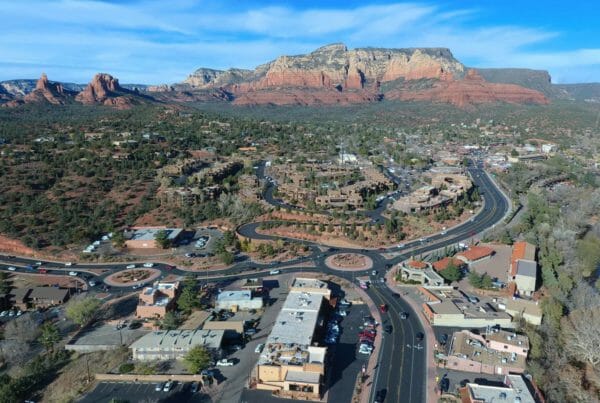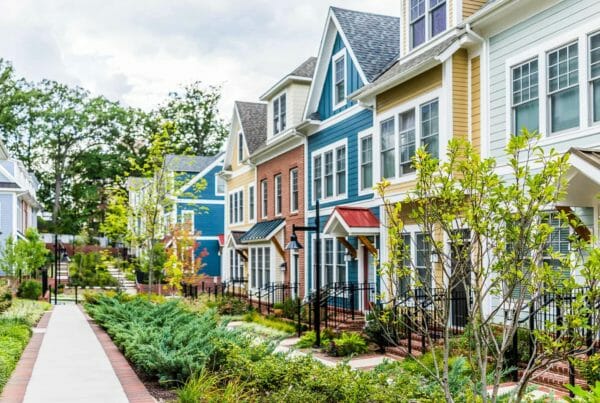As planners, our vocation involves looking toward the future. So it is not surprising that we are all trying to make sense of what our profession, our cities and our world will be like in the next few years. It is difficult to frame a coherent vision of the future while staring at a screen spewing out an interminable Zoom session. But here are a couple of articles that you might find interesting, relevant, and even a bit hopeful.
In “Covid-19 might not change cities as much as previous pandemics,” the Economist explores the historical relationship between planning and public health. It points out that there has long been a prejudicial feeling that cities are inherently unhealthy and that those involved in city building have often concerned themselves with the problems of sanitation, overcrowding, air quality and delivery of health services. Enlightened officials have linked health to poverty and have tried to alleviate the problems though urban design measures, such as widening streets for air and light, street trees, and open spaces. Some 19th century planners/city builders considered themselves as urban surgeons; cutting out their cities’ unhealthy parts and allowing salubrious forces of nature clean the infected sections. Haussmann and Olmsted followed this prescription with their grand boulevards and parks (never mind the disruption of the people they displaced).
Here’s a fun fact about sanitation and the origins of the planning profession. The first international planning conference was dominated by the problem of horse manure on city streets. Check out https://www.atlasobscura.com/articles/the-first-global-urban-planning-conference-was-mostly-about-manure. As the website notes, the planners had hoped to come up with a solution within the 10-day conference but gave up after three unproductive days and went home figuratively buried by the insurmountable problem. So the next time someone tells you that planning is a bunch of bull‐‐‐‐, you can correct them; noting that, actually, the modern profession was founded on horse‐‐‐‐.

The first international planning conference focused on the problems of horse manure on city streets. Excerpted from New York, Manure and Stairs: When Horses Were the Cities’ Nightmare, by Agueda Garcia de Durango.
The Economist article notes that this preoccupation with sanitation was adopted by early 20th century “modern” architects who appropriated the severe, mostly white surfaces associated with hospitals and sanitariums for their international style architectural forms — think Corbusier, Mies, Loos, Aalto, etc. Personally, I think that is a bit of a stretch as there were other aesthetic and functional factors involved.
After this historical review, the article opines that if COVID-19 can be effectively eradicated in a few years, it will have little impact on the urban fabric over the long haul. While this view may be comforting to some, I think this ignores the virus’ impact in exposing and exacerbating many of the fundamental, society-endangering problems facing our communities, nation and world, including inequity, climate change, governmental paralysis, the corporate/political power structure, environmental degradation and general divisiveness at all levels. So I’ll offer another viewpoint from the article by Rutger Bregman, “Now is the Moment to Change the World.” In this brief column, Bregman notes that it is in times of crises such as we are currently facing, when real change is possible. He quotes Milton Friedman who, in 1982, wrote, “Only a crisis — actual or perceived — produces real change. When that crisis occurs, the actions that are taken depend on the ideas that are lying around.”
Bergman is optimistic about society taking on current challenges, especially if we can learn to work together more effectively. If our job is to build stronger, more cohesive communities, then we will have an important role in that effort, and there will be substantial changes to our cities and the way we grow them. I feel that there will not only be changes in the physical form of cities, but also in our organizational and institutional framework in which we work.
In Washington state, for example, I wouldn’t bet against changes in Shoreline Management Act practices to address sea level rise; or amendments to the Growth Management Act to tackle problems of inequity, climate change and government finances. Nor would I be surprised to see new regional planning solutions and greater interjurisdictional collaboration to address farmland preservation, watershed management, and more efficient distribution of economic activity. Does anyone think our present regulatory regime couldn’t be substantially improved? Are we ready for some sort of tax reform to alleviate local governments’ fiscal difficulties (which were a substantial challenge before the COVID-19 fallout)? We might even see substantial infrastructure funding. Could we rebuild our infrastructure in a way that also improves our communities and the local ecology — and, who knows, achieve greater environmental justice?
So what are we to do? If one thinks about the role of planners in facilitating change, we have at least two roles. First, before a problem, such one of those listed above, is broadly perceived by leaders and little support has been built to address them, we must understand those emerging societal challenges, develop tools and actions to address them, and advocate for action, even though society and its leadership are not ready to initiate collective effort. Then when the public is ready to address the problem, we must be ready with those tools (which, as Friedman noted, will be lying around) to effectively implement the new public policies. The diagram below illustrates this process.
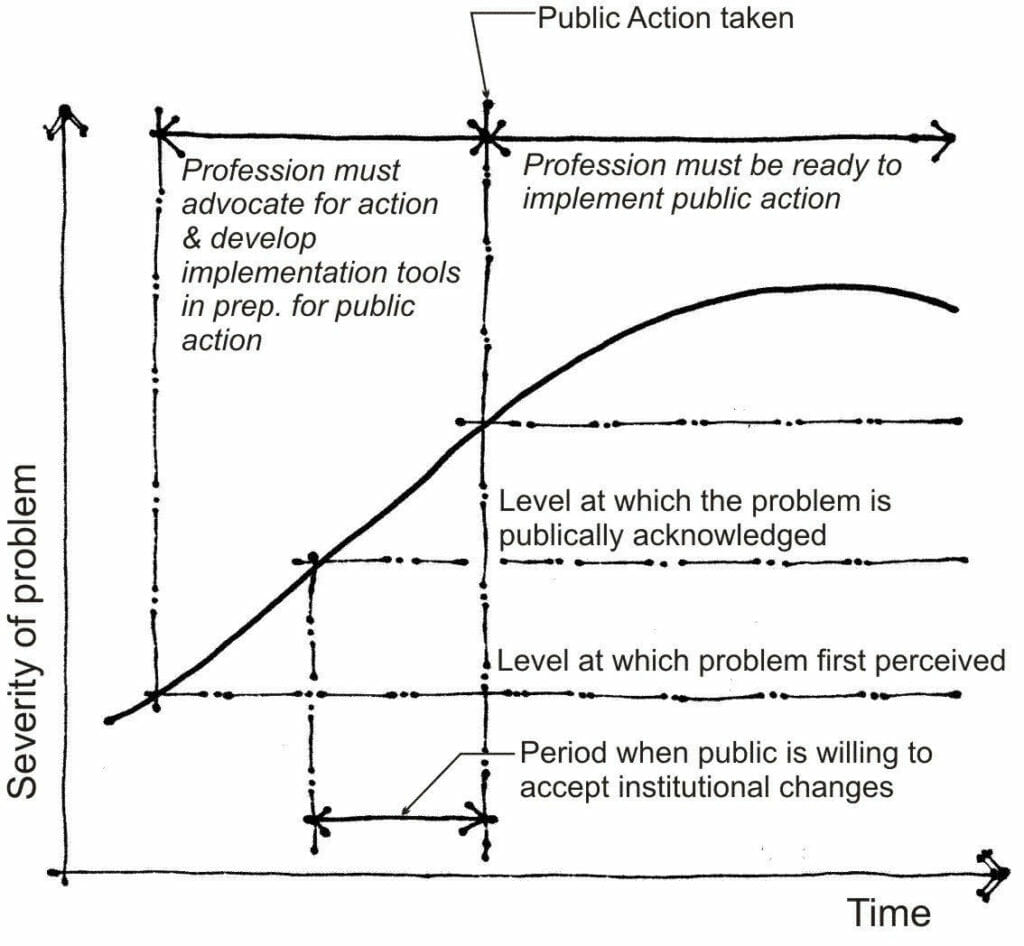
Sequence of planning activities to address emerging challenges such as climate change, affordable housing demand, salmon recovery, and transportation gridlock.
While it might seem advantageous to wait for the policies and resources to emanate from the federal or state government, there is much we can accomplish at the community level. In fact, many social scientists believe that the societal cohesion currently in short supply is really dependent on what they call “social capital.” In his book “Bowling Alone: The Collapse and Revival of American Community,” Robert Putnam argues convincingly that effective democratic governance depends on “social capital” — the connections among individuals and the social networks and the reciprocity and trustworthiness that arise from them. Peoples’ engagement as individuals and in small groups, organizations and activities as well as other forms of social interaction translate into participation in local government and ultimately into trust in larger governmental and institutional organizations. Putnam notes that indices of social capital have fallen dramatically since the 1950s, and the recent polarization of American politics certainly adds credence to his ideas. If we are to work toward more effective governance, we need to increase the nation’s level of social capital, which has fallen dramatically since mid-20th century.
Because social capital is largely generated at the individual, local and community levels, (even in these days of social media), planners working at the community, municipal and regional levels can play a big role in fostering the social capital that will facilitate more effective and inclusive governance.
Another way to look at facilitating transformational change is the activism/political decision making/implementation process as it plays out in the United States. Often, change starts with small scale groups originating ideas and then building support in larger organizations. If these organizations can acquire the resources to demonstrate the efficacy of those ideas and forcefully advocate for them, political action can be achieved. However, to effectively implement those ideas, more often than not those policies and resources must be translated back into actions at the local level – or at least address local community concerns when, for example constructing a large infrastructure project within a neighborhood.
Now that we sit on the cusp of dramatic changes brought about by challenges such as climate change, homelessness, COVID-19, economic instability, and the general divisiveness in our nation, we must assertively work to make those changes as positive and equitable as we can.
“Never doubt that a small group of thoughtful, committed people can change the world. Indeed, it is the only thing that ever has.” – Margaret Mead


